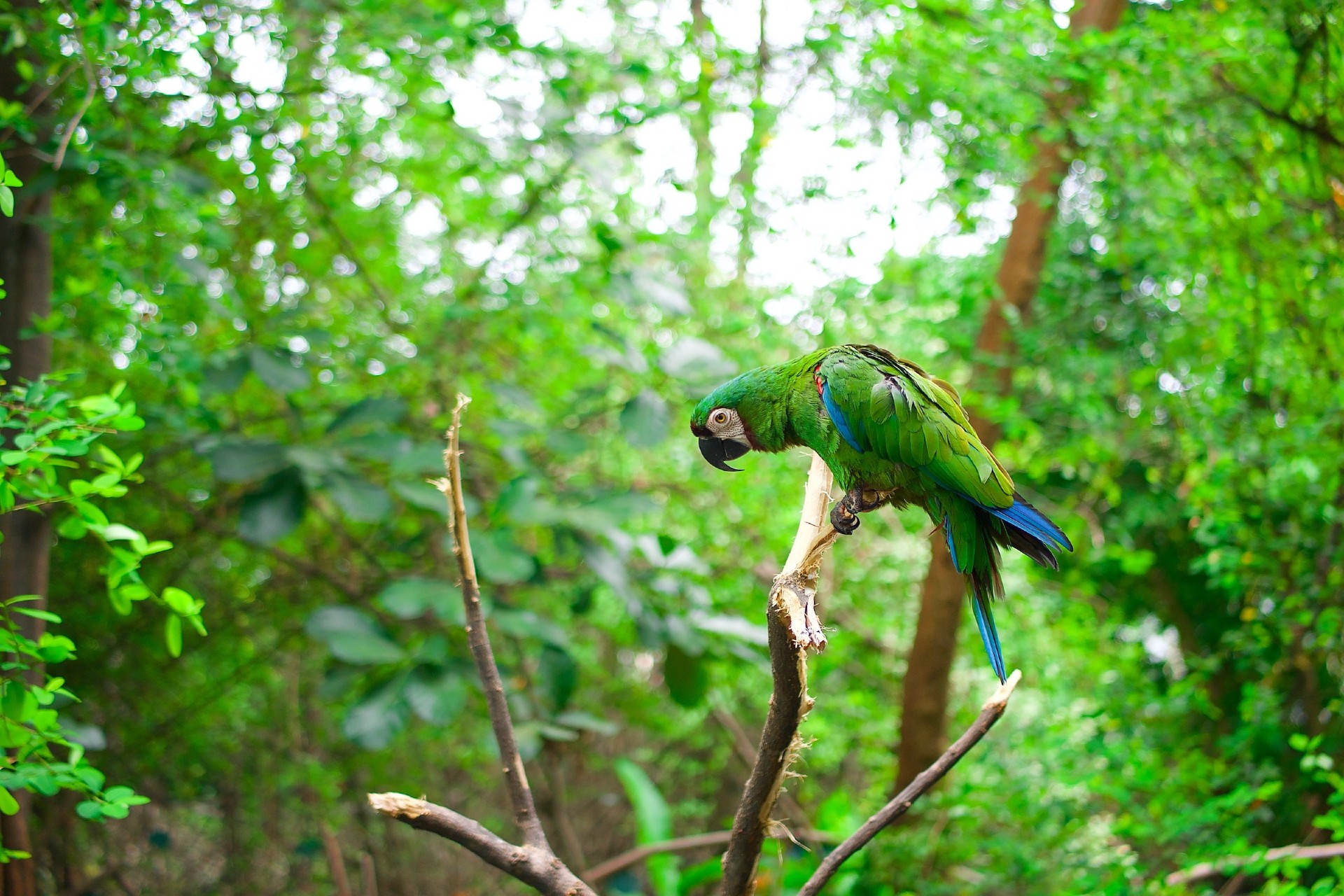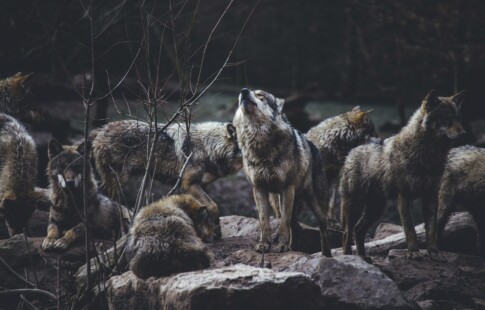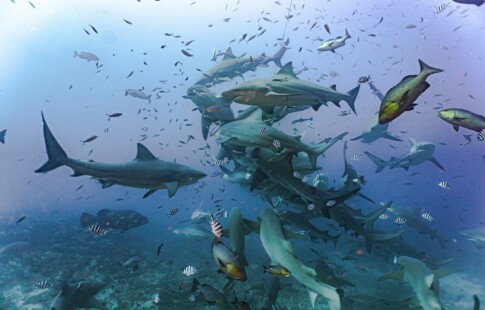
How to Save the Largest Rainforest in the World
We are reader-supported. When you buy through links on our site, we may earn affiliate commission.
The Amazon is the largest rainforest in the world, spanning 1.4 billion acres — equal to half of the remaining tropical forests worldwide — with one in 10 species calling this vibrant and ecologically-rich ecosystem home.
Over the last few decades, widespread deforestation has significantly threatened animals and flora while indirectly impacting humans, economies, and climate change. From 2015 to 2016, researchers estimated a 22% loss from deforestation with the following potential outcomes:
- Less sustainable agricultural use throughout the region
- Loss of biodiversity
- Harm to indigenous communities that rely on the Amazon’s natural resources
- Adverse effects on the hydrologic cycle
- Higher carbon dioxide (CO2) emissions due to less CO2 absorption
While political turmoil and illegalities have made it increasingly challenging to conserve this subtropical region, saving the Amazon is essential to the health and vitality of plants, wildlife, and populations.
6 Ways to Save the Largest Rainforest in the World
The Amazon rainforest is an ecosystem in peril. Decades of degradation, farming and other unsustainable human activities have begun to eradicate the largest rainforest in the world. Unfortunately, the effects could induce immense devastation.
Thousands of organizations have deployed their resources in their neverending feat of saving the Amazon rainforest before it disappears forever. Here are six ways to protect one of the earth’s most precious ecosystems.
1. Expand Protected Areas
Saving the largest rainforest in the world demands expanding protected areas. Additional protective regulations should focus on places with extremely high biodiversity — this could entail employing local communities in conservation efforts.
Protecting the Amazon rainforest from deforestation and significant ecological and biological losses is becoming more challenging. Currently, Brazilian scientists and conservationists are embroiled in a political snafu with current right-wing President Jair Bolsonaro, who’s submitted plans to implement new mining activity within a protected part of the Amazon to boost the economy.
However, doing so would degrade another 2,944 square miles of forest and emit over 242 mineral deposits into the environment — an area bigger than the state of Delaware — by 2050.
2. Rehabilitate Habitats and Species
Studies indicate that nearly 8,000 endemic plant species and 2,300 animal species risk extinction if deforestation continues throughout the Amazon rainforest. Naturally, this would cause severe ecological and human health implications.
For one thing, plants absorb harmful CO2 and release oxygen into the atmosphere. Although the air changes may not be entirely noticeable to humans, rainforest CO2 sequestration can lower climate change impacts by stabilizing rain cycles and regulating temperatures and weather patterns.
Additionally, many plant-derived ingredients are used for medicinal purposes. Therefore, rehabilitating habitats and species is vital for a healthier biological process and more effective safeguards from disease for future generations.
3. Sustain Productivity on Former Forested Lands
The agricultural sector has degraded the largest rainforest in the world by deforesting natural ecosystems for farmland. Although future forest loss is something to be concerned about, it’s also crucial to consider currently transformed lands.
To prevent further degradation, we must boost productivity on active farms, plantations and pastures. This means reducing harmful pesticides and fertilizers, enhancing soil fertility, and minimizing unsustainable farming practices.
Farmers should implement green technologies to help generate higher crop yields. For example, integrating new irrigation systems, improving soil management, and stocking more cattle could boost soybean production by 36% on existing farms by 2035 without degrading the rainforest further.
If Brazil doesn’t change its current agricultural practices, another 5.7 million hectares of the Amazon rainforest will be destroyed in the next 15 years.
4. Ensure Sustainable Development
Agriculture, logging, and livestock rearing are the primary reasons for development within the Amazon. Yet, conservation isn’t exactly at the forefront of rainforest development in the region. A stringent conservation policy should be in place to address the loss of land and species.
Agriculture
Sustainable agricultural development should concentrate on traditional indigenous farming practices to boost productivity and promote sustainable resource usage. We can avoid deforestation by emphasizing agroforestry and polyculture while boosting the local economy.
Logging
Laws should restrict illegal trading of the Amazon’s trees — although a law currently exists, it hasn’t been enforced. Additionally, ending current subsidies for logging, roadways construction, and sawmills is equally important and should instead reflect the environmental impacts of harvesting wood.
Ensuring that loggers use low-impact methods for harvesting timber is another way to protect natural areas and reduce ecological damage.
Livestock
Cattle rearing is common in the Amazon. However, officials should eliminate tax incentives and policies allowing forest-to-farm conversions. Instead, initiatives should promote ramping up production on existing farms and introducing more sustainable agriculture techniques.
5. Reform Land Policies
Saving the largest rainforest in the world requires reformed land policies. As it currently stands, there needs to be more incentive for farmers, developers and homesteaders to develop or utilize resources sustainably.
Many clear the land for building, logging or agriculture and move on to another area when the resources have been exhausted or are no longer productive — for instance if the soil lacks the proper nutrients for crop yields.
Brazil should create stricter laws around wasteful land use or begin enforcing some of the current laws in place — a 1965 policy mandates that landowners living in the Amazon maintain 35–80% of the native vegetation on their property.
6. Increase Law Enforcement
Several laws should, in theory, reduce Amazonian deforestation and promote sustainable resource utilization and development — however, there aren’t enough funds to enact the rules effectively.
Reports from the last few years show that the Brazilian Environmental Agency, IBAMA, underwent a 24% budget cut under Bolsonoro’s leadership. This led to a 20% reduction in law enforcement in rainforest protection in 2019.
Rampant corruption and insufficient resources make it difficult to conserve the Amazon. Studies show that 44% of tropical timber harvesting in the Amazon between 2015 to 2016 was illegal — other estimates say unlawful logging is higher.
IBAMA needs an increased and adequate budget to enforce laws and boost Amazon rainforest surveillance.
Conserving the Largest Rainforest in the World Takes Effort and Time
The Amazon rainforest needs our help to ensure it thrives for future generations. However, whatever changes are made to ensure its protection will only fix the problem after a period of time. Nevertheless, giving up and allowing the world’s largest rainforest to succumb to human activity and climate change is one of the worst options we can choose.
Share on
Like what you read? Join other Environment.co readers!
Get the latest updates on our planet by subscribing to the Environment.co newsletter!
About the author

Jane Marsh
Starting from an early age, Jane Marsh loved all animals and became a budding environmentalist. Now, Jane works as the Editor-in-Chief of Environment.co where she covers topics related to climate policy, renewable energy, the food industry, and more.





